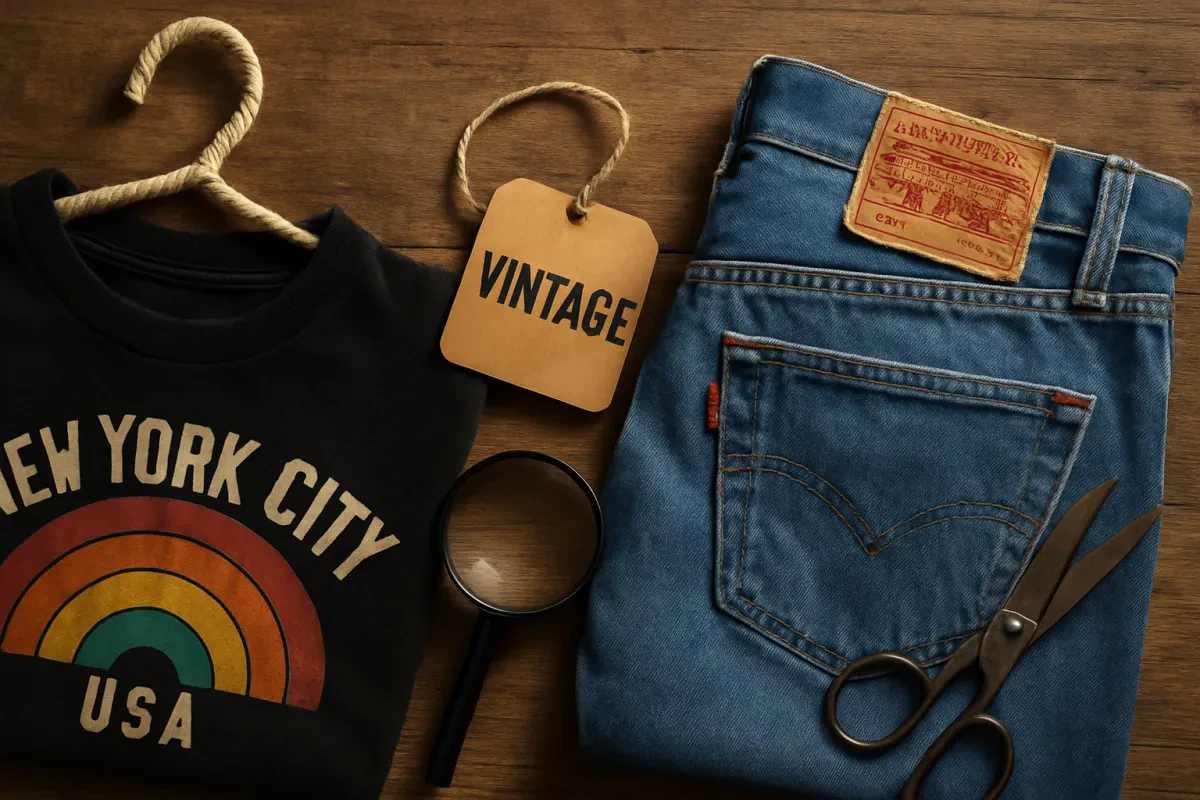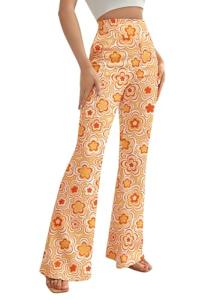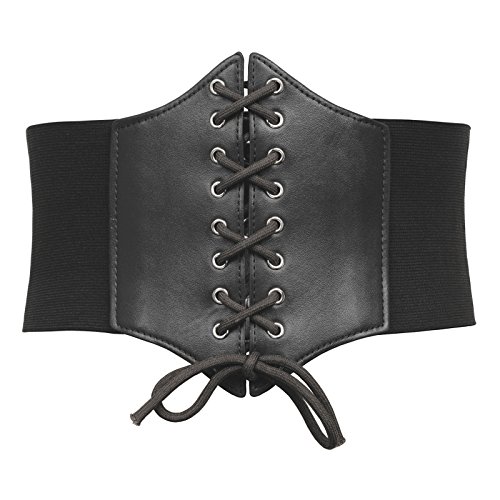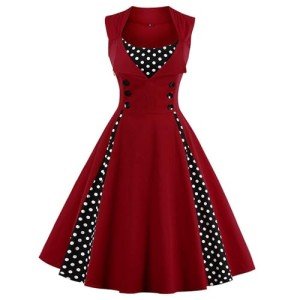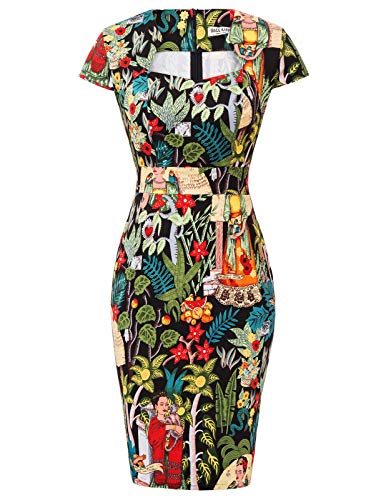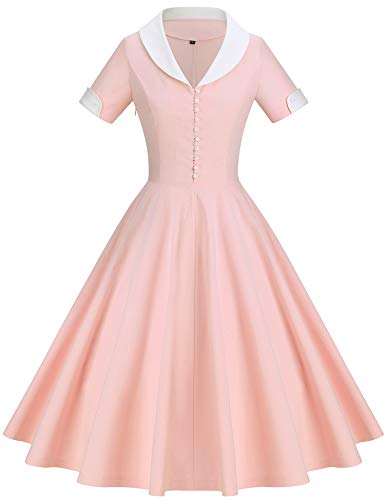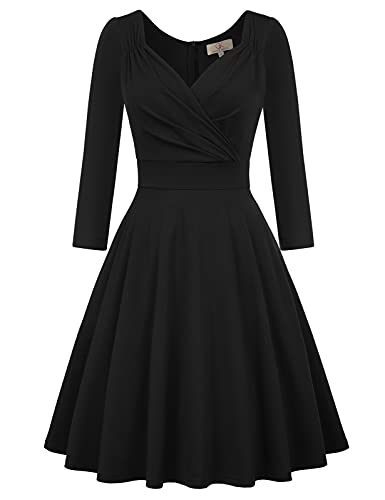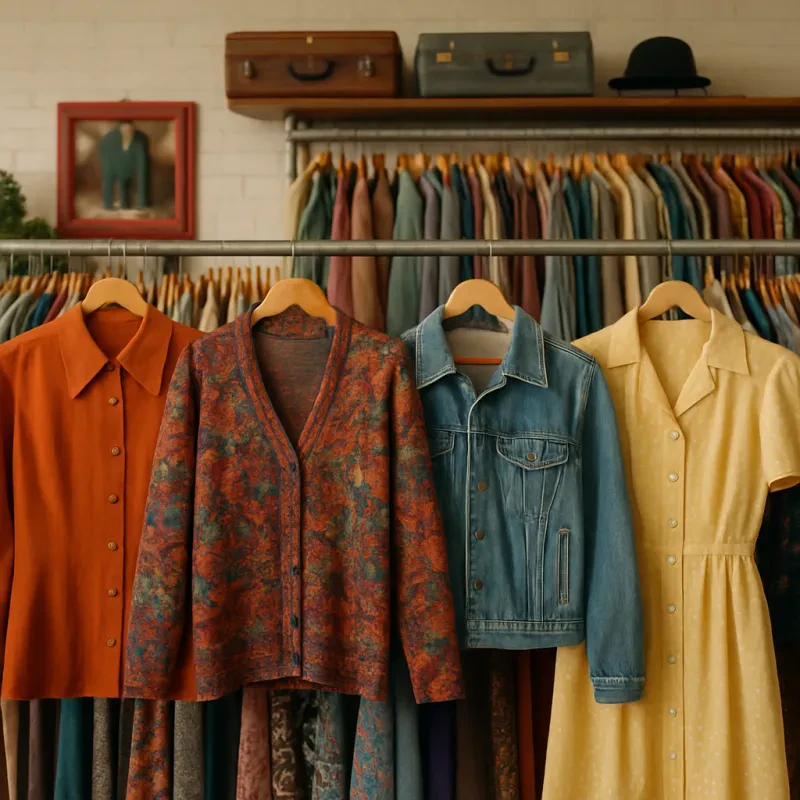When you're on the hunt for that perfect piece of vintage clothing, it's all about spotting the real deal. Authentic vintage tags can tell you a lot about a garment's age and origin. So, how can you authenticate vintage clothing like a pro? Let’s dive into what to look for!
First off, check the tag itself. Authentic vintage clothing usually features brand names that were popular in specific decades. If it’s a well-known label, look for variations in their logo. Over the years, many brands have updated their designs, so an older logo can be a great indicator of age.
Next, pay attention to the materials used. Vintage clothing often feels different from modern fabrics. Look for natural fibers like cotton, wool, or silk. If you spot synthetic materials, it might not be true vintage. Also, older garments might have unique stitching, hand-finished hems, and even the occasional quirky detail that isn't commonly seen in contemporary items.
Lastly, look for care instructions on the tag. Vintage clothing sometimes comes with no care tags at all, especially items from the '70s and earlier. If there are care instructions, they may look different from today’s standards. This little detail can help you authenticate vintage clothing and avoid any disappointment later on.
Examining Fabric and Stitching
When you're looking to authenticate vintage clothing, the fabric and stitching can tell you a lot about a piece. Different decades have their signature materials and construction techniques. For instance, if you stumble upon a dress made from polyester, it’s likely from the 70s or 80s. In contrast, high-quality silk or cotton generally hails from earlier eras. Knowing these details helps you spot the real deal.
Take a closer look at the stitching. Vintage pieces often have a level of craftsmanship that you just don’t see in modern clothing. Check for hand-stitched seams, as many genuine vintage items were made before mass production took over. Look for small imperfections in the stitching; those quirks can indicate authenticity. If the seams are perfectly straight and even, chances are that it’s a newer reproduction.
Another red flag? Labels. Vintage clothing often features tags from brands that were big at the time, so research popular labels from the era you’re interested in. Some tags might even include care instructions or fabric content printed directly on them, which can help you authenticate vintage clothing. Brands that are long gone add a nice touch of nostalgia and reliability.
Don’t forget about the weight and feel of the fabric. Vintage materials often have a weighty feel that modern fabrics can’t quite replicate. If you pick up a piece and it feels light or flimsy, it might not pass the vintage test. Trust your instincts; the right vintage clothes have a certain feel to them that you’ll grow to recognize with experience.
70s Bell Bottom Flare Pants - Vintage Boho Disco Trousers
Shop our collection of 70s bell bottom flare pants for a trendy throwback look with vintage boho disco trousers
Product information
$31.99
Product Review Score
4.43 out of 5 stars
203 reviewsProduct links
Identifying Popular Vintage Brands
When it comes to vintage clothing, recognizing popular brands can really help you authenticate vintage clothing and boost your confidence in what you’re buying. Some brands are iconic and have stood the test of time, making them easier to spot. Look for labels from the likes of Levi's, Ralph Lauren, and Champion. These brands scream authenticity and usually come with notable quality that you can feel.
Another brand to keep on your radar is Dior. Vintage pieces from this luxurious fashion house often have unique features, like intricate stitching and high-quality fabrics. If you come across a piece with a Dior label, it’s worth taking a closer look. Similarly, look out for anything by Yves Saint Laurent or Burberry. These well-known brands often have distinct characteristics that make them stand out.
Don’t forget about lesser-known brands, too! Some vintage finds are hidden gems. Brands like Gloria Vanderbilt and Pierre Cardin can surprise you with their stunning designs and quality. These pieces may not be as popular, but they can be just as valuable and stylish. So, when you’re out there hunting, keep an open mind!
To authenticate vintage clothing effectively, take note of details. Check the stitching, tags, and fabric. Vintage brands often have a specific look and feel that newer items can't match. The more you familiarize yourself with these brands, the easier it becomes to spot a real treasure in a sea of vintage finds.
GRACE KARIN Vintage Black Elastic Corset Waist Cincher
Perfect for adding a touch of retro glamour to any outfit
Product information
$15.99 $13.99
Product Review Score
4.41 out of 5 stars
93 reviewsProduct links
Checking for Unique Design Features
First, look at the stitching. Vintage pieces often have hand-stitched elements, which might exhibit slight imperfections. If you see even, machine-like stitching, it’s likely a sign that you’ve got a newer item on your hands. Also, check out the seams. Vintage clothes usually feature flat-felled seams or French seams, which are harder to replicate today.
Next, turn your focus to labels. The brand tag can give you so much information about authenticity. Look for specific fonts, labels that show wear, or single-stitch tags, which are common in older clothing. If the label seems too polished or super straightforward, that could be a red flag.
Another spot to analyze is the fabric. Vintage clothing is often made from higher-quality materials, like natural fibers such as wool, silk, or cotton. If it feels flimsy or has that synthetic sheen typical of modern fabrics, it might not be the real deal. Plus, certain styles and prints were popular in specific time periods, so knowing those details can help you authenticate vintage clothing effectively.
